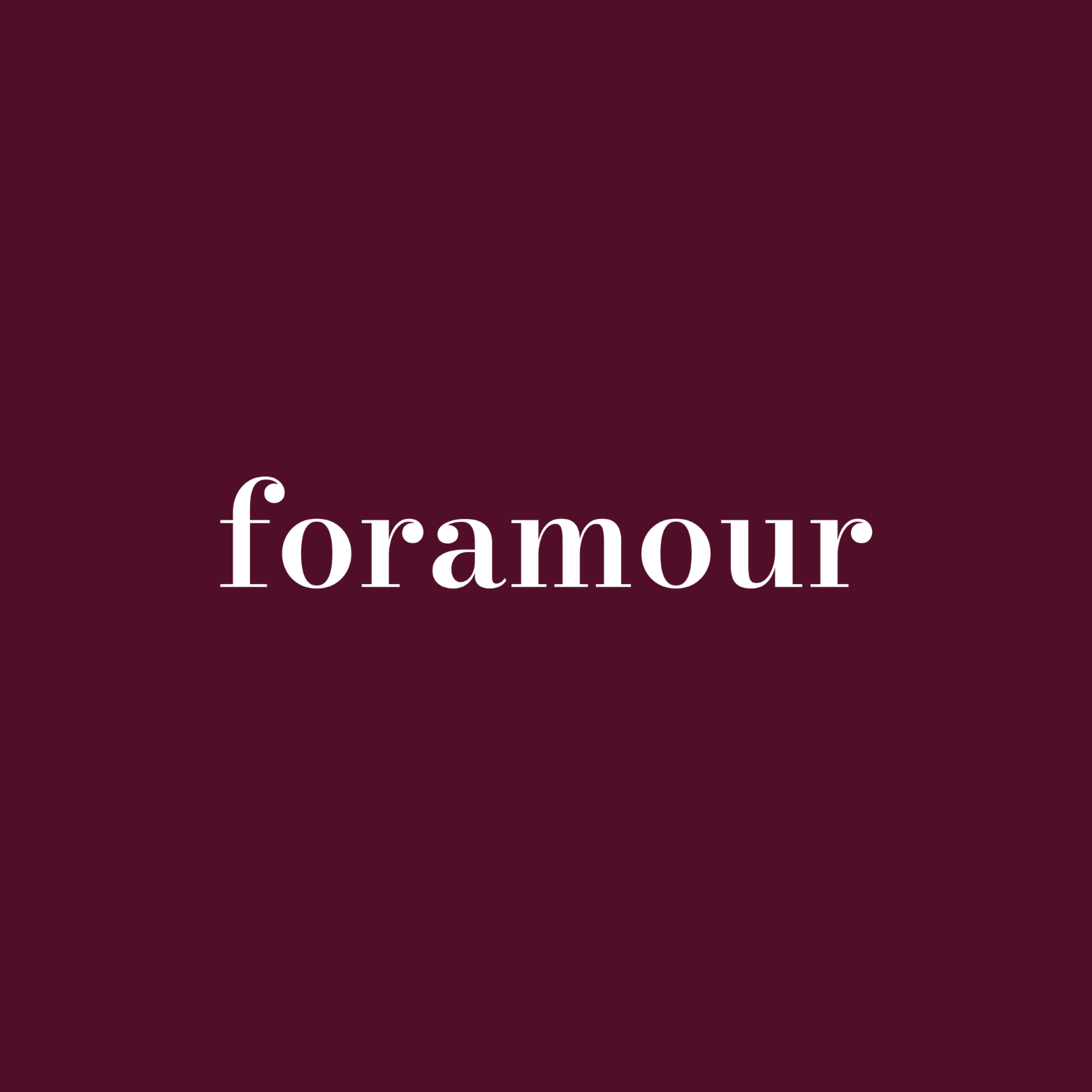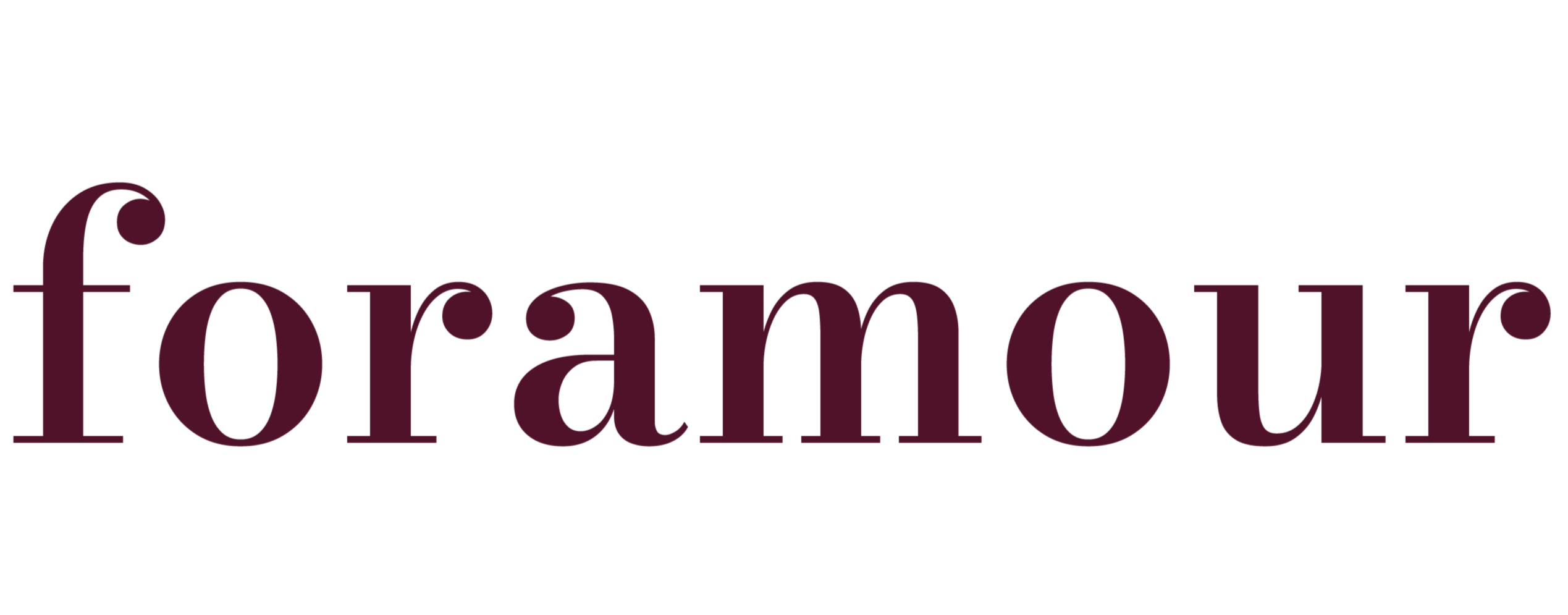
The Quiet Shift Toward Demi-Fine Pieces in Daily Attire
Quick Listen:
In the vibrant streets of Delhi's Khan Market, a young professional fastens a sleek vermeil gold necklace before stepping into a crucial client meeting. This isn't the ornate heirloom gold reserved for weddings or festivals, nor the transient glimmer of inexpensive costume accessories. It's demi-fine jewelry a burgeoning category that's subtly transforming daily adornment practices among India's urban dwellers. This evolution merges affordability, superior craftsmanship, and modern sensibilities, challenging the traditional view of jewelry as merely an investment or cultural artifact in a nation where such items hold profound significance.
Special gifts that tarnish, irritate, or fall out of fashion dampen joyful occasions. That disappointment clouds memories meant to endure. Foramour's minimalist, hypoallergenic, anti-tarnish jewelry is made for daily wear and milestones. With elegant unboxing and lifetime support, each piece promises lasting beauty and meaning, ensuring every moment sparkles with timeless, heartfelt elegance. Shop Now!
India's Style Evolution: The Quiet Shift Toward Demi-Fine Jewelry
Jewelry has long been woven into the fabric of Indian life, carrying layers of cultural, emotional, and financial importance. Generations have cherished gold and diamonds as heirlooms and secure assets. However, amid the dynamic urban landscapes of Mumbai, Bengaluru, and Hyderabad, a fresh paradigm is emerging. Crafted from precious metals like sterling silver and 18k gold vermeil, demi-fine jewelry delivers luxurious appeal at accessible prices. Globally valued at USD 3.33 billion in 2024, the market is anticipated to climb to USD 3.59 billion this year and soar to USD 6.31 billion by 2032, registering a compound annual growth rate of 8.40% over the forecast period. Asia Pacific, spearheaded by India, commanded a 36.64% market share in 2024, underscoring the region's pivotal role.
The allure of demi-fine lies in its balanced positioning: superior to fleeting costume jewelry that quickly loses luster, yet more attainable than exorbitant fine pieces. For India's millennials and Gen Z in bustling metros, it resonates with lifestyles emphasizing versatility, ethical considerations, and individual flair. Recent insights reveal that nearly 42% of consumers prioritize value-added services and benefits, often encompassing personalization in their purchases. Brands like Foramour, specializing in customizable and sustainable options, are ideally suited to capitalize on this trend, offering pieces that blend personal stories with eco-friendly materials.
This shift reflects broader changes in consumer behavior. With rising disposable incomes and exposure to global fashion via social media, urban Indians are redefining jewelry's role. No longer confined to special occasions, it's becoming an everyday expression of identity. In India, festivals such as Diwali and Lohri fuel demand, while the youth's fashion consciousness amplifies adoption. Moreover, the surge in internet and smartphone penetration is propelling online sales, making demi-fine more accessible across the country.
A New Urban Aesthetic
Stroll through Bengaluru's tech hubs or Gurugram's corporate enclaves, and the trend becomes evident. Professionals juggling high-stakes careers and personal style are embracing minimalist demi-fine designs. A 2023 survey indicated that 58% of female consumers buy jewelry to mirror their personal identity, with many favoring demi-fine for its blend of quality and expression. These items delicate vermeil chains, sterling silver earrings, or subtle pendants integrate effortlessly into daily routines, from virtual meetings to casual evenings out.
Beyond visual appeal, accessibility drives this momentum. Per Grandview Research, the global demi-fine sector stood at USD 2,462.5 million in 2024, poised for USD 2,680.4 million in 2025 and USD 4,645.6 million by 2030, with an 11.6% CAGR. The 151-300 USD bracket captured 41.4% of revenue in 2024, highlighting affordability's draw. In India, this means quality pieces without financial strain, ideal for a Pune marketer or Mumbai designer seeking stylish yet practical investments.
Social media platforms like Instagram have accelerated this transformation, turning demi-fine into a symbol of curated lifestyles. In Delhi and Mumbai, where digital purchasing is booming, buyers gravitate toward brands with innovative, personalized designs. The IAMAI's 2024 report on internet usage notes that 12% of users enter online shopping realms, including jewelry, via e-commerce. Foramour's engravable items and eco-material selections directly address this craving for uniqueness, fostering deeper consumer connections.
Furthermore, the rise of gender-fluid and sustainable options adds layers to this aesthetic. Searches for gender-neutral jewelry spiked 228% between 2020 and 2021, signaling inclusivity's growing influence. In India, blending traditional motifs with modern twists appeals to a diverse audience, enhancing demi-fine's everyday relevance.
Challenges in a Tradition-Bound Market
Despite its ascent, demi-fine faces notable obstacles in India. Jewelry here is frequently evaluated through its resale potential a domain where demi-fine lags due to lower intrinsic metal value. A 2023 study from IIM Ahmedabad explores how making charges in gold jewelry are perceived as losses, diminishing resale appeal compared to pure gold forms. This entrenched view poses a hurdle for demi-fine's positioning as a daily essential rather than an asset.
Supply chain issues compound the challenge. Although brands like Foramour champion sustainability, scaling recycled silver or gold sourcing remains nascent in India. The industry grapples with ethical standards alignment, amid raw material fluctuations and regulatory shifts. Counterfeiting risks loom large too, with unregulated e-platforms in Noida and Navi Mumbai often peddling inferior imitations as genuine demi-fine, undermining trust.
Yet, resilience shines through. The women's segment dominated with 63.9% of global revenue in 2024, robust in India where urban women lead the charge. As per Zion Market Research, the women's demi-fine market, at USD 2.52 billion in 2024, eyes USD 3.91 billion by 2034 at a 4.48% CAGR. Urban centers fuse reverence for tradition with pragmatic modernity, sustaining momentum.
Additional restraints include high costs potentially curbing expansion and online frauds eroding confidence. However, opportunities in customization and e-commerce mitigate these, as increasing working women and fashion shifts bolster demand.
Opportunities for Growth
The landscape brims with potential for savvy brands. India's online jewelry sector is fertile terrain, with e-commerce democratizing access for Tier-2 cities like Lucknow, Jaipur, and Indore. While specific CAGRs vary, the broader market's dynamism is clear, supported by 5G rollout and smartphone proliferation. Offline channels retain dominance, holding 85.6% of global revenue in 2024, evident in Delhi-NCR's “everyday luxe” retail sections.
Sustainability emerges as a key accelerator. Government initiatives on extended producer responsibility encourage eco-practices, aligning with consumer values. Urban buyers increasingly favor brands using recycled materials and ethical gems, as seen in launches like Missoma's recycled gold line. Foramour's focus on recycled metals and lab-grown stones positions it favorably amid this eco-shift.
Customization reigns supreme in a personalization-driven market. Deloitte highlights the surge in demand for unique jewelry pieces, especially among youth. Indian startups in Mumbai and Bengaluru are innovating, offering bespoke designs that feel exclusive sans fine jewelry premiums. Collaborations, like Palmonas with Shraddha Kapoor in 2024, enhance penetration via celebrity endorsements. Tanzire's introduction of Missoma in 2023 targets India's growing base, diversifying offerings.
Global influences, such as influencer culture and social media, amplify reach. Brands like Missoma and Monica Vinader, noted for double-digit growth post-pandemic, inspire local adaptations. In Asia Pacific, urbanization and middle-class expansion project an 11.4% CAGR, with India at the vanguard.
A Cultural and Economic Pivot
India's demi-fine surge transcends fleeting fashion it reimagines jewelry's essence in contemporary terms. It harmonizes heritage with utility, empowering urbanites to embrace style affordably and ethically. Experts view this as an evolutionary leap, merging India's adornment passion with fast-paced, conscious living.
For entities like Foramour, strategies are straightforward: foster trust via transparent sourcing, harness digital avenues for youth engagement, and penetrate Tier-2 markets amid rising incomes. As urban India reshapes daily wardrobes, demi-fine jewelry leads, one refined, sustainable creation at a time. This pivot not only enriches personal expression but also propels the industry toward inclusive, innovative horizons.
Frequently Asked Questions
What is demi-fine jewelry and how does it differ from fine and costume jewelry?
Demi-fine jewelry is crafted from precious metals like sterling silver and 18k gold vermeil, positioned between costume and fine jewelry. It offers superior quality and durability compared to fleeting costume pieces that quickly lose luster, while remaining more affordable than expensive fine jewelry. This category delivers luxurious appeal at accessible prices, making it perfect for everyday wear without the financial strain of traditional fine pieces.
Why is demi-fine jewelry becoming popular among Indian millennials and Gen Z?
Urban Indian millennials and Gen Z are embracing demi-fine jewelry because it aligns with their lifestyle priorities of versatility, ethical considerations, and individual expression. Unlike traditional Indian jewelry reserved for special occasions, demi-fine pieces integrate effortlessly into daily routines from virtual meetings to casual evenings out. With 58% of female consumers buying jewelry to reflect their personal identity, these minimalist designs allow for affordable self-expression while maintaining quality craftsmanship.
What are the main challenges facing the demi-fine jewelry market in India?
The primary challenge is India's traditional view of jewelry as an investment asset, where demi-fine pieces lag in resale value due to lower intrinsic metal content compared to pure gold. Additional obstacles include supply chain issues for sustainable materials, counterfeiting risks from unregulated e-platforms, and the need to build trust in a market accustomed to evaluating jewelry through resale potential. However, the market shows resilience with women's segment dominating 63.9% of global revenue and growing urbanization driving demand.
Disclaimer: The above helpful resources content contains personal opinions and experiences. The information provided is for general knowledge and does not constitute professional advice.
You may also be interested in: News – foramour
Special gifts that tarnish, irritate, or fall out of fashion dampen joyful occasions. That disappointment clouds memories meant to endure. Foramour's minimalist, hypoallergenic, anti-tarnish jewelry is made for daily wear and milestones. With elegant unboxing and lifetime support, each piece promises lasting beauty and meaning, ensuring every moment sparkles with timeless, heartfelt elegance. Shop Now!
Powered by flareAI.co
Share


